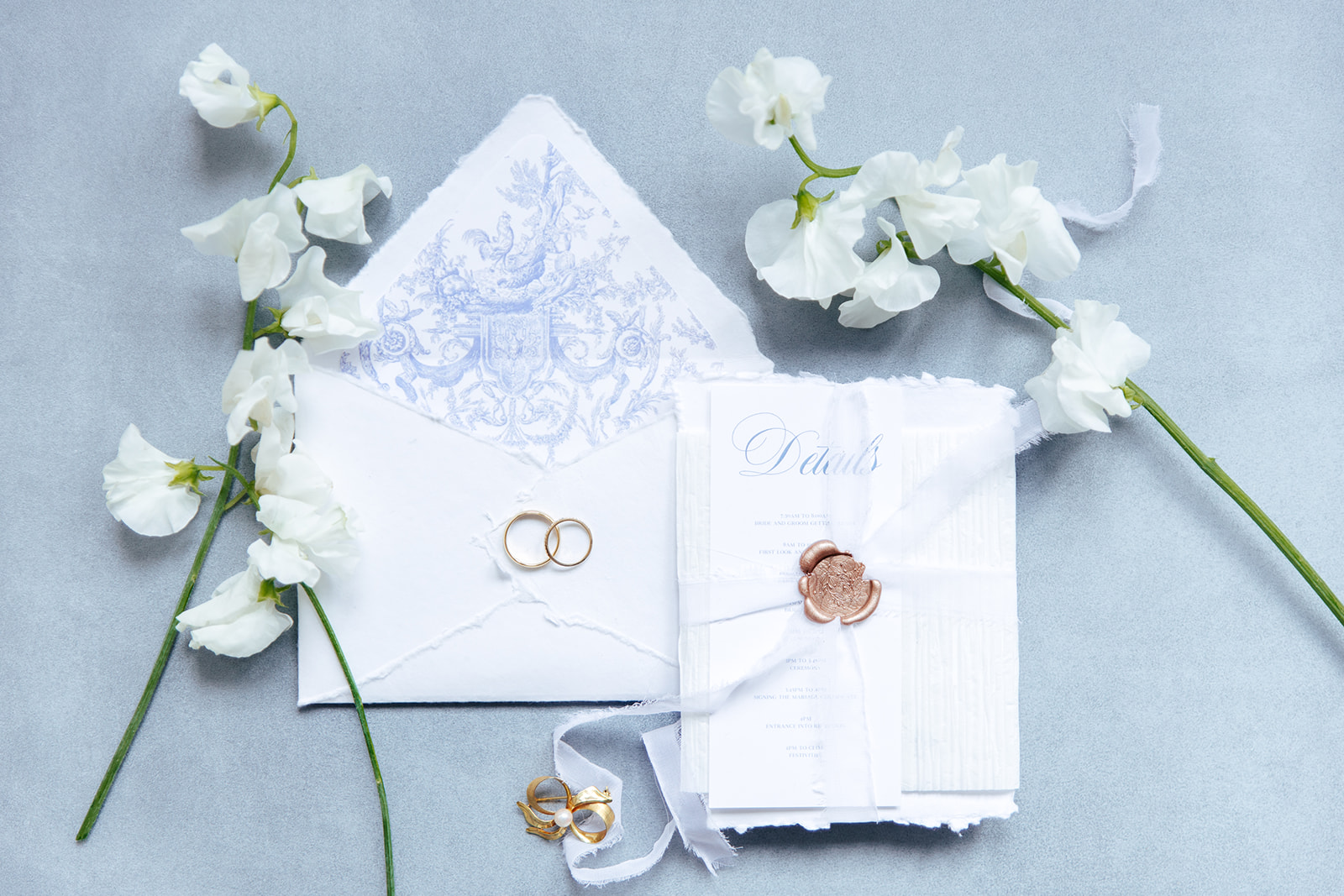Modern weddings have changed the dynamics of who pays for what when it comes to weddings. Whether that’s because modernized weddings aren’t as traditional, or because couples are saving and paying for weddings themselves, the various costs of a wedding aren’t being divided like they used to be. So how do you know what to ask help for or who to ask help from?
A piece of advice that we would give to any and every couple who asks is to sit down and have an honest conversation with your parents or the family that you would seek assistance from. Setting budgets for each aspect of your wedding can seem overwhelming. Not all families are able to help the bride and groom pay for their wedding day and that’s okay. But know up front what they can help with so you can navigate where and what to spend your money on.
Historically, the bride's family was responsible for a variety of things. Whether you choose to have all of these options as a part of your wedding celebration is up to you. But here is a list of the most commonly paid for items by a bride’s side of the family:
-Bride’s wedding dress
-Hair accessories (like hairpieces, crowns and veils)
-Wedding day makeup and hairstyle for the bride
-Stationary (save the dates, invites and thank you cards)
-Photographer/Videographer
-Wedding decor and flowers
-Engagement Party
-Wedding planner
-Ceremony and Reception
-Bridesmaids gowns
-Morning after brunch
-Wedding Cake
For example, in modern day we do still see the bride’s family assisting her in paying for her wedding dress, but there are also just as many bride’s who pay for their own dress. We also see a lot of fiance's as well as grandparents who choose to help the bride pay for her dream wedding dress. There is no right or wrong way of saying yes to your dress, so don’t feel obligated to have someone else pay for the gown even if it’s a traditional wedding cost for your side of the family.
Being part of the groom's side with wedding planning isn’t quite as extensive but there are still some big ticket items that historically they have covered. Here is a list of what the groom’s side typically pays for:
-Grooms and groomsmen attire
-Brides bouquet, the boutonnieres, corsages
-Rehearsal dinner
-Dj/Band during the reception
-Honeymoon
-Marriage License fee and officiant fee
-Food and/or Drinks (alcohol to non-alcohol)
As we stated above with the bride’s side of the family, there is no obligation to what the groom’s side of the family helps pay for. But this is a good idea of some of the items that you may want to consider and budget for.
Yes, even historically the bride and groom were expected to pay for items themselves. The most common items were:
-Wedding bands and engagement rings
-Wedding day gifts for each other and their wedding party (bridesmaids and groomsmen)
-Grooms attire (if his family didn’t pay for it)
-Honeymoon (if his family didn’t pay for it)
With all of the information we gave you on which side of the family pays for what, its honestly open communication that is the biggest takeaway from this blog post. The hardest part of wedding planning is asking for financial assistance from your loved ones. But, if you give yourselves time to plan your dream wedding day it will make budgeting easier for everyone, including all of the vendors you hire.


ALL ARE WELCOME, CELEBRATED + ACCEPTED.